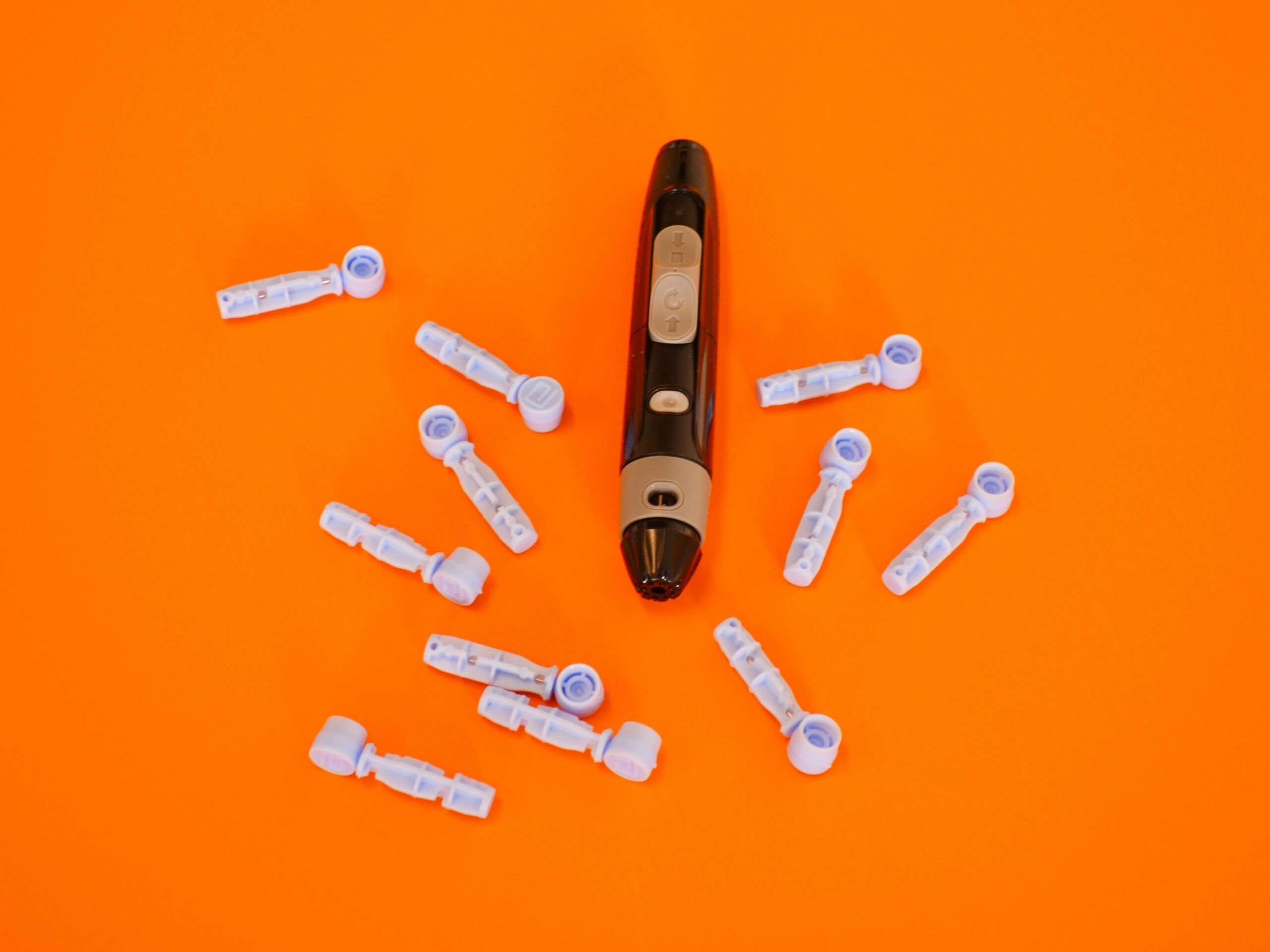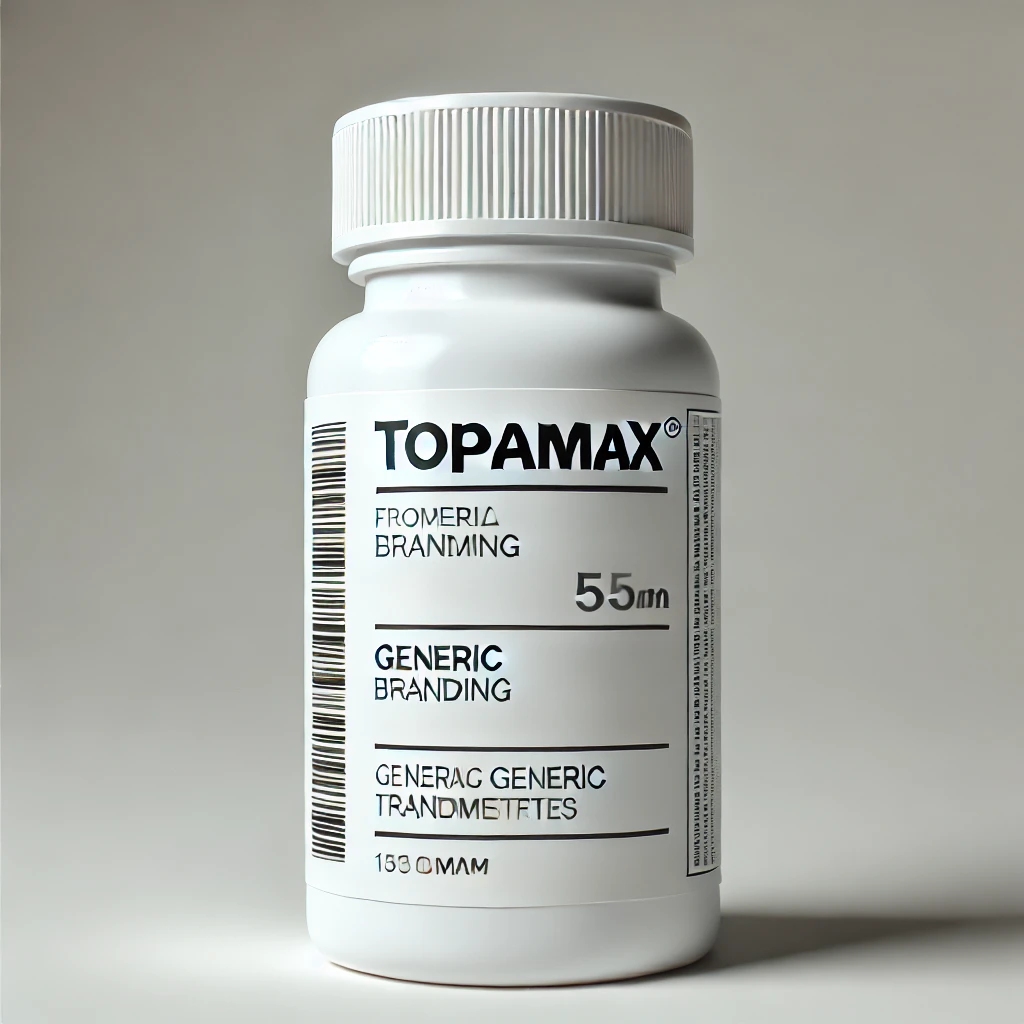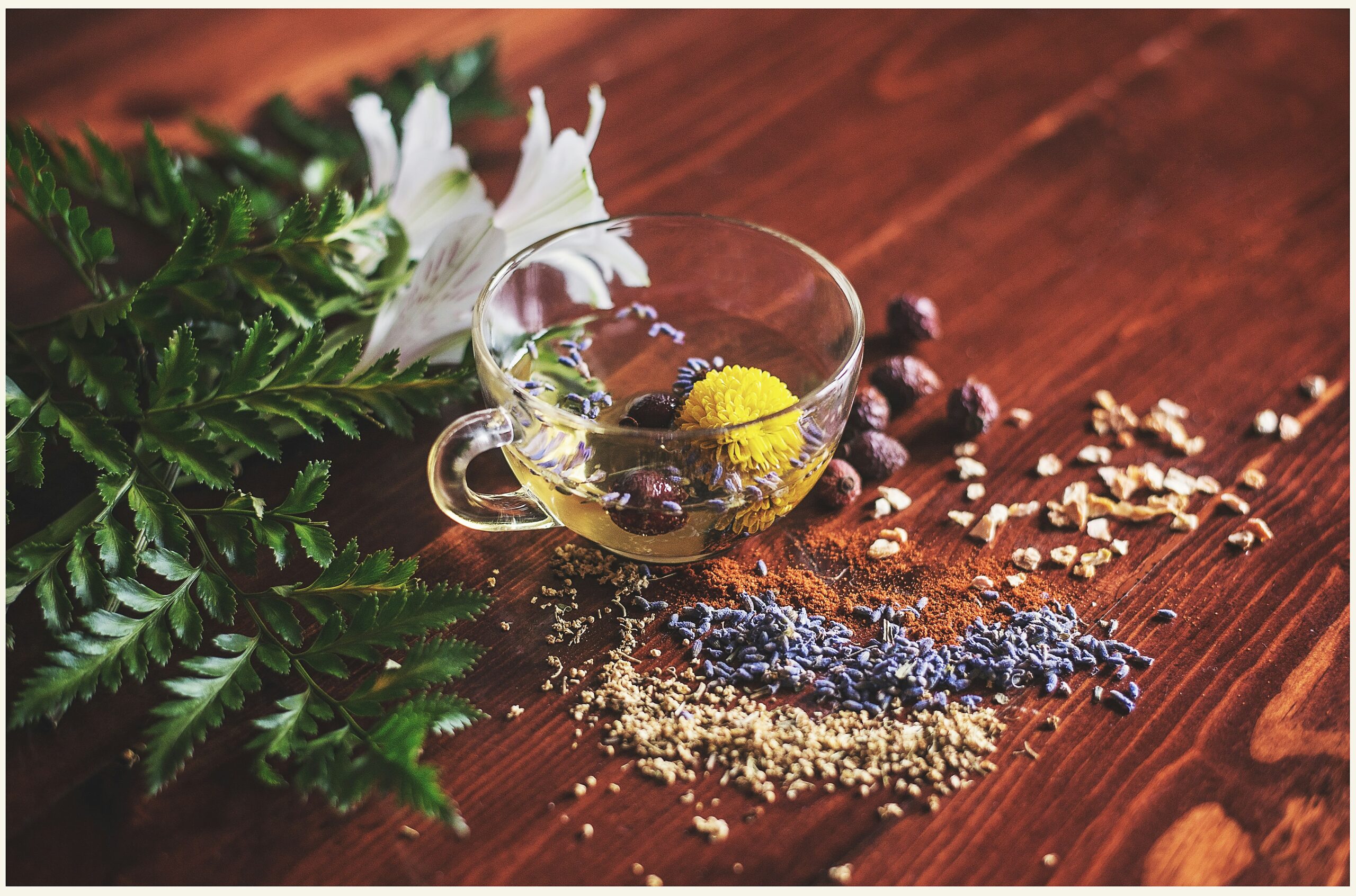Foods to Avoid with Trulicity: A Guide to Maximizing the Benefits of Your Medication
Trulicity is a popular medication used to manage type 2 diabetes by helping to control blood sugar levels. While this medication can be highly effective, certain dietary choices can interfere with its efficacy or worsen side effects. Knowing which foods to avoid with Trulicity can optimize your treatment and improve your overall well-being. In this article, we’ll explore how Trulicity works, the impact of various foods on its function, and tips to make the most of your treatment.
What is Trulicity and How Does It Work?
Trulicity, also known by its generic name dulaglutide, is a glucagon-like peptide-1 (GLP-1) receptor agonist. It works by mimicking the effects of GLP-1, a hormone that regulates insulin production and slows down digestion. This helps lower blood sugar levels after meals and reduces the risk of cardiovascular complications in people with type 2 diabetes.
Because Trulicity slows the movement of food through your stomach, it also helps reduce appetite, contributing to weight management. While this makes it easier to maintain a healthier diet, the medication’s interaction with certain foods can impact its effectiveness or cause side effects such as gastrointestinal discomfort.
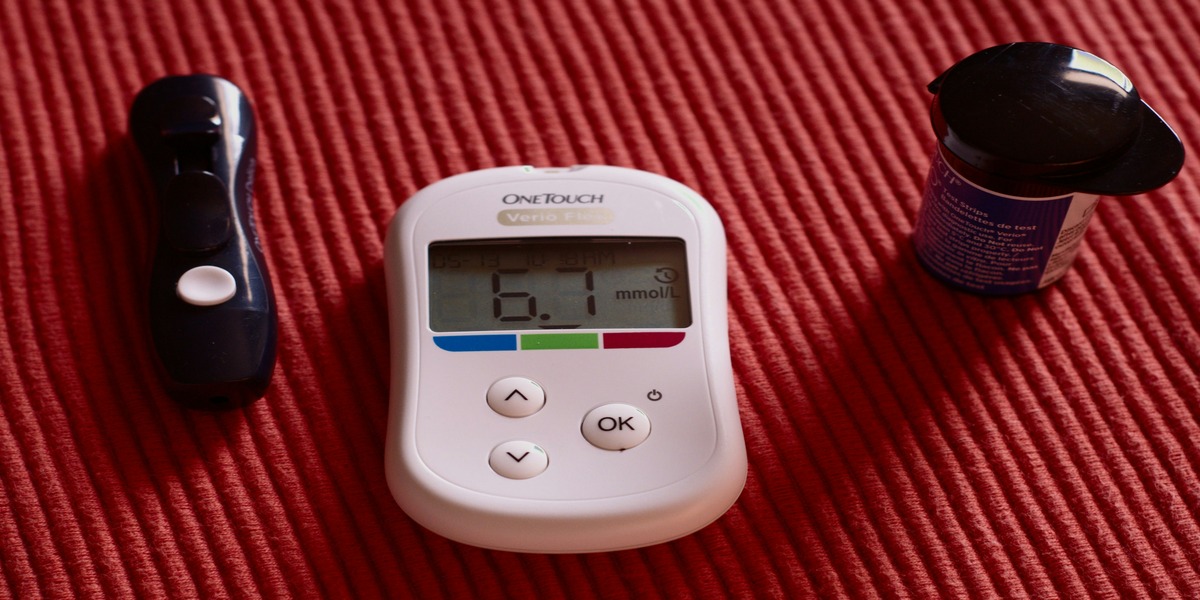
Why Certain Foods Affect Trulicity
Diet plays a crucial role in managing type 2 diabetes, especially for those taking medications like Trulicity. Foods high in sugar, fat, or processed carbohydrates can spike blood sugar levels, negating the benefits of your treatment. Additionally, some foods may exacerbate common side effects of Trulicity, such as nausea or bloating. Therefore, choosing the right foods is essential to ensure optimal results.
Foods to Avoid with Trulicity
1. High-Sugar Foods
High-sugar foods, such as candy, sugary drinks, and pastries, can cause rapid spikes in blood glucose levels. Trulicity works to keep these levels stable, but consuming too much sugar can make it harder for the medication to do its job. Over time, excessive sugar intake can also lead to insulin resistance, worsening your diabetes.
Examples of high-sugar foods to avoid:
- Soda and sweetened beverages
- Desserts like cakes, cookies, and ice cream
- Candy and chocolate bars
2. Processed Carbohydrates
Processed carbohydrates, such as white bread, pasta, and refined grains, are quickly broken down into glucose, leading to a rapid increase in blood sugar. These foods have a high glycemic index, meaning they cause sharp blood sugar spikes, which counteracts the effects of Trulicity.
Examples of processed carbs to avoid:
- White bread
- Regular pasta
- Sugary cereals
- White rice
3. Fried and Fatty Foods
Fried and fatty foods can slow digestion even further, potentially leading to bloating, nausea, and discomfort—side effects that are already common with Trulicity. High-fat diets can also contribute to weight gain, making it harder to manage diabetes and maintain healthy blood sugar levels.
Examples of fried and fatty foods to avoid:
- Fried chicken and French fries
- Fast food burgers and sandwiches
- Processed meats like sausages and bacon
- Cream-based sauces and dressings
4. Alcohol
While alcohol doesn’t necessarily interfere directly with Trulicity, it can significantly affect blood sugar levels. Alcohol can cause both high and low blood sugar depending on the amount consumed and whether it is mixed with sugary drinks. Additionally, alcohol can exacerbate side effects like nausea, making it uncomfortable for people taking Trulicity.
Examples of alcoholic beverages to limit or avoid:
- Beer
- Cocktails with sugary mixers (like margaritas or daiquiris)
- Sweet wines
5. High-Sodium Foods
Trulicity users, particularly those with heart conditions, should avoid high-sodium foods. Sodium increases blood pressure, and people with type 2 diabetes are already at a higher risk for cardiovascular issues. A diet high in sodium can also lead to water retention, which may worsen side effects like bloating.
Examples of high-sodium foods to avoid:
- Canned soups
- Processed deli meats
- Pre-packaged frozen meals
- Salty snacks like chips and pretzels
What Foods Work Well with Trulicity?
Now that we’ve covered the foods to avoid, let’s explore the types of foods that complement Trulicity’s function and help maintain stable blood sugar levels.
1. High-Fiber Foods
High-fiber foods are excellent for people taking Trulicity as they help slow digestion and promote satiety without causing a rapid rise in blood sugar. Foods rich in fiber also aid in weight management, a key benefit of using Trulicity.
Examples of high-fiber foods:
- Leafy greens like spinach and kale
- Whole grains like quinoa and brown rice
- Legumes such as beans and lentils
- Fresh fruits like apples and berries
2. Lean Proteins
Lean proteins help maintain muscle mass and provide a slow, steady source of energy, which is essential for blood sugar management. Unlike processed meats or fried options, lean proteins don’t contribute to high cholesterol or unnecessary fat intake.
Examples of lean protein sources:
- Skinless chicken breast
- Turkey
- Fish like salmon and tuna
- Plant-based proteins like tofu and tempeh
3. Healthy Fats
Healthy fats, such as those found in avocados, nuts, and olive oil, can support heart health without raising blood sugar levels. They also aid in nutrient absorption and help you feel full, making it easier to manage portion sizes and prevent overeating.
Examples of healthy fat sources:
- Avocados
- Nuts and seeds (like almonds and chia seeds)
- Olive oil
- Fatty fish like mackerel and sardines
4. Low-Glycemic Index Fruits
Fruits are an essential part of a balanced diet, but some fruits have a higher glycemic index than others. Low-glycemic fruits release sugar more slowly into the bloodstream, making them a better choice for people taking Trulicity.
Examples of low-glycemic fruits:
- Berries (blueberries, strawberries)
- Apples
- Pears
- Peaches
Table: Foods to Avoid and Alternatives

Description: The table provides healthier alternatives to foods that should be avoided when taking Trulicity. By opting for these alternatives, you can maintain stable blood sugar levels and enhance the effectiveness of your medication.
Conclusion: Managing Your Diet with Trulicity
Trulicity is a powerful medication that can help control blood sugar levels, but the foods you eat play a critical role in maximizing its benefits. Avoiding high-sugar, processed, and fatty foods, while incorporating high-fiber, lean proteins, and healthy fats, will not only improve your diabetes management but also promote overall health. By making these changes, you can reduce side effects, prevent complications, and ensure that your Trulicity treatment is as effective as possible.
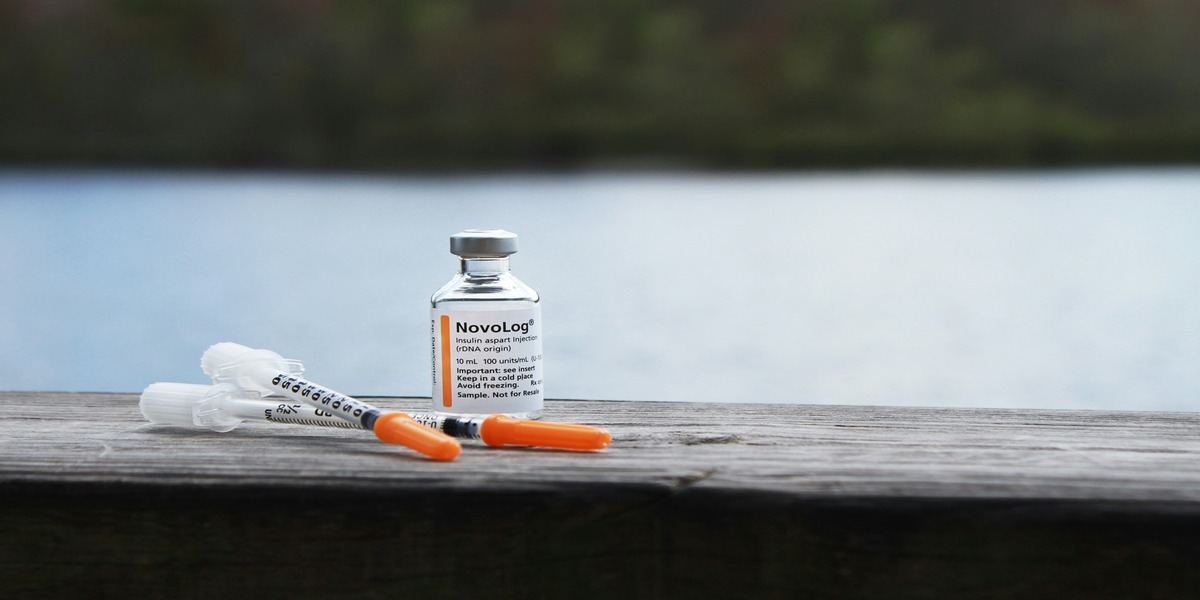
FAQs
1. Can I drink alcohol while taking Trulicity?
While occasional alcohol consumption is fine, it can affect blood sugar levels and exacerbate side effects, so moderation is key.
2. Are fruits allowed when taking Trulicity?
Yes, but it’s best to choose low-glycemic index fruits like berries and apples to avoid blood sugar spikes.
3. Should I avoid all fats when taking Trulicity?
No, you should focus on healthy fats like those found in avocados and olive oil, which support heart health.
4. What kind of bread is best to eat with Trulicity?
Whole grain or multigrain bread is a better choice than white bread, as it has a lower glycemic index.
5. Can I eat processed meats like bacon while on Trulicity?
It’s best to avoid processed meats, as they are high in fat and sodium, which can interfere with your treatment.
6. Is it okay to eat snacks while taking Trulicity?
Yes, but opt for healthy snacks like unsalted nuts or fresh fruits to keep blood sugar levels stable.

